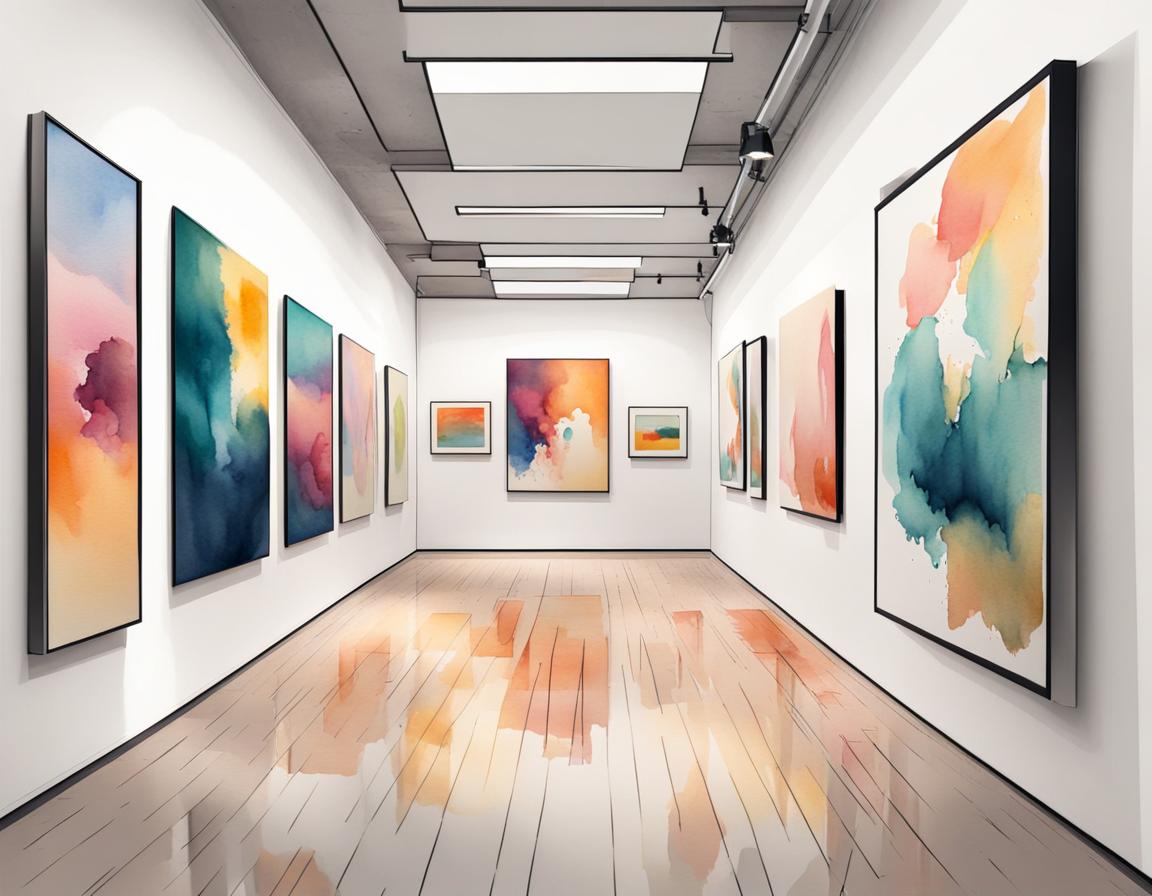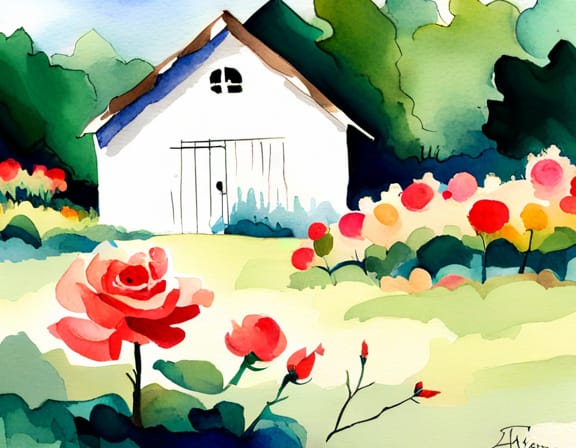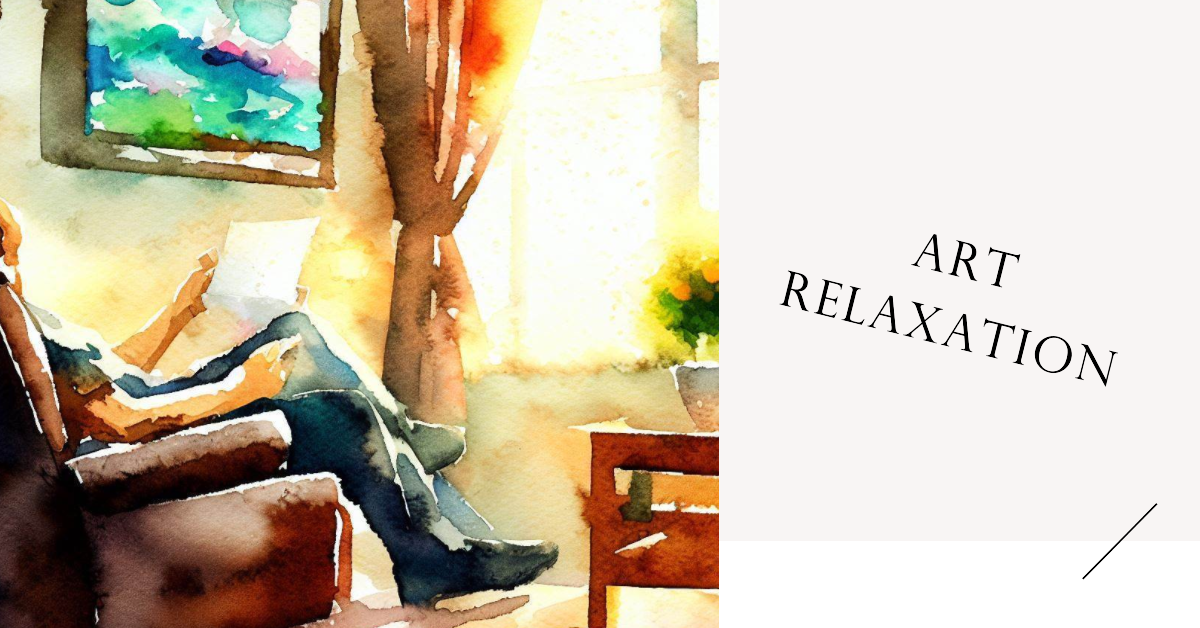Watercolor painting, renowned for its luminosity and versatility, holds a special place in the world of art. With a rich history spanning centuries, watercolor has captivated artists with its ability to capture the essence of light and evoke emotions. In this comprehensive blog post, we embark on a journey through the captivating history of watercolor, exploring its origins, key figures, and the evolution of techniques
Video: A Short History of Watercolor
The Ancient Roots of Watercolor
The origins of watercolor can be traced back to ancient times when primitive humans utilized water-based pigments to create cave paintings. These early artists employed natural materials such as ash, earth, and minerals, mixed with water, to depict their surroundings. As civilizations progressed, the Egyptians and Chinese further developed watercolor techniques, using it to adorn papyrus and silk, respectively.
| Time Period | Location | Use of Watercolors |
|---|---|---|
| Neolithic Period | Europe | Cave paintings using ochre and charcoal pigments |
| Ancient Egypt | Northern Africa | Ink drawings and decorations on papyrus scrolls |
| Han Dynasty | China | Silk, vases, and lacquerware painted with water-based pigments |
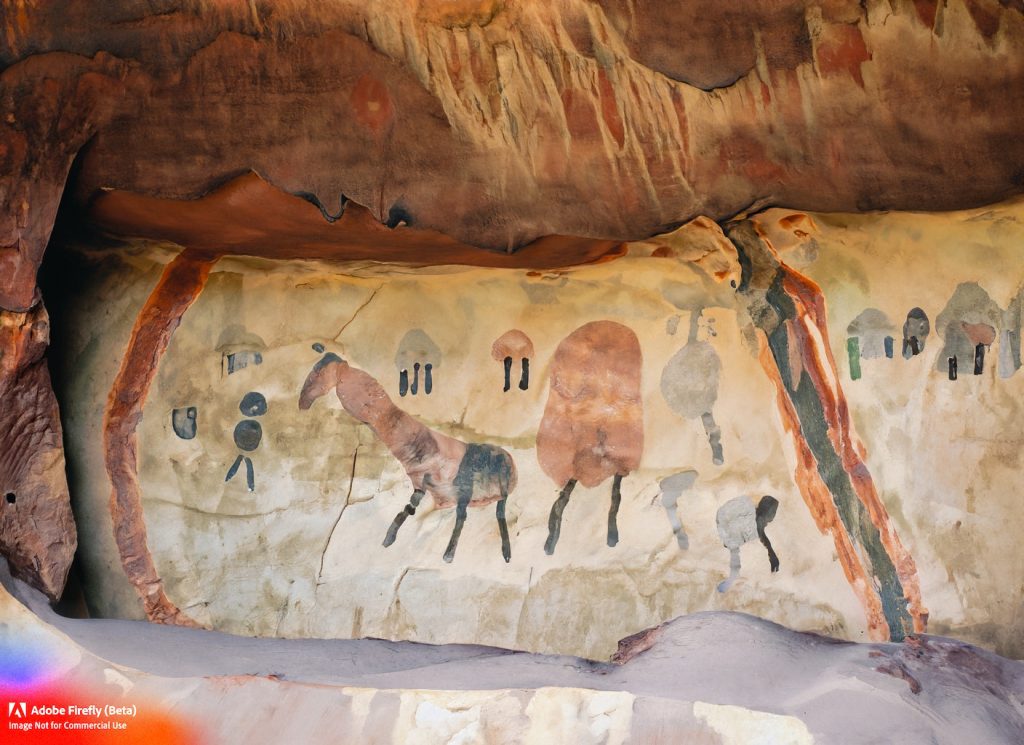
The Renaissance and Watercolor’s Golden Age
During the Renaissance, watercolor experienced a significant transformation. European monks employed water-based paints to create intricate illuminated manuscripts, while artists like Albrecht Dürer and Hans Bol elevated watercolor to new heights, using it as a medium for preparatory sketches and independent artworks.
The 18th and 19th Centuries: Watercolor’s Global Expansion
The 18th century marked a turning point for watercolor as it gained popularity in Britain and eventually dominated the international watercolor scene. Artists such as Thomas Gainsborough, John Constable, and J.M.W. Turner experimented with washes and techniques, pushing the boundaries of the medium. In America, watercolorists like Winslow Homer, James Whistler, and John Singer Sargent emerged, creating works that rivaled their European counterparts.
20th-Century Experimentation and Modern Masters
The 20th century witnessed a wave of experimentation in the art world, and watercolor was no exception. Artists such as Georgia O’Keeffe, Arthur Dove, and Paul Klee embraced watercolor as a primary vehicle, exploring its expressive potential. American artists, in particular, made significant contributions, continuing the tradition with innovative techniques and a wide range of creative styles.
Techniques and Materials
Over the course of history developments in pigments, paper and brushes have enhanced the quality and availability to the general public. Watercolor’s unique characteristics, including its transparency and ability to create luminous effects, have made it a beloved medium for artists. The use of special papers, brushes, and pigments plays a crucial role in achieving desired outcomes. Techniques such as washes, layering, and wet-on-wet allow artists to create a spectrum of effects, from delicate washes to bold, opaque strokes.
The Evolution of Watercolor Societies and Exhibitions
Throughout history, watercolor societies and exhibitions have played a vital role in promoting and showcasing the medium. Notable organizations such as the Royal Watercolor Society in the UK and the American Watercolor Society in the US have contributed to the recognition and development of watercolor as a respected art form.
Watercolor in Contemporary Art
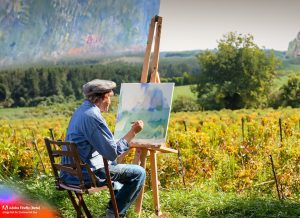
In contemporary times, watercolor continues to thrive as artists explore new possibilities and push the boundaries of the medium. Watercolor is no longer confined to traditional landscapes or still lifes; it is utilized in abstract, experimental, and multimedia artworks. Artists such as Hiroshi Senju, Joseph Zbukvic, and Alvaro Castagnet are among the contemporary watercolorists who are shaping the future of this versatile medium.
Significant Watercolor Artists Through History
- Renaissance Innovator: Albrecht Dürer
- Father of British Watercolor: William Turner
- American Luminists: Winslow Homer, Edward Hopper
- Precision Botanicals: Maria Sibylla Merian
- Atmospheric Landscapes: JMW Turner, John Constable
- French Innovation: the Barbizon School
- Abstract Exploration: Wassily Kandinsky, Emil Nolde
- Contemporary Excellence: Andrew Wyeth, Gerhard Richter, Marilyn Mylrea
Preservation and Conservation of Watercolor Paintings
Given the delicate nature of watercolor, proper preservation and conservation are essential to ensure the longevity of artworks. Factors such as light, humidity, and storage conditions can impact the stability and appearance of watercolor paintings. Museums, galleries, and collectors employ various conservation techniques to protect and preserve these valuable works of art.
The Enduring Legacy of Watercolor Painting
What explains the longevity of this delicate medium? Watercolor’s unique transparency and luminosity gives it an ethereal beauty unlike oil painting. Its fluidity encouraged experimentation from the start. Being portable and affordable compared to oils also made it practical for sketching, travel, and accessibility to new patrons.
But events shaped its direction too – new scientific precision around pigments and paper boosted 18th century proliferation just as European landscape appreciation grew in the Enlightenment era.
Conclusion:
The brief history of watercolor reveals a captivating journey of artistic expression and technical innovation. From its ancient origins to its current status as a cherished medium, watercolor has consistently inspired artists to explore their creativity and capture the beauty of the world around them. Whether used for traditional landscapes or contemporary abstract works, watercolor’s timeless appeal continues to captivate art enthusiasts and collectors alike. By delving into the rich history of watercolor, we gain a deeper appreciation for this versatile and enduring art form.
.
